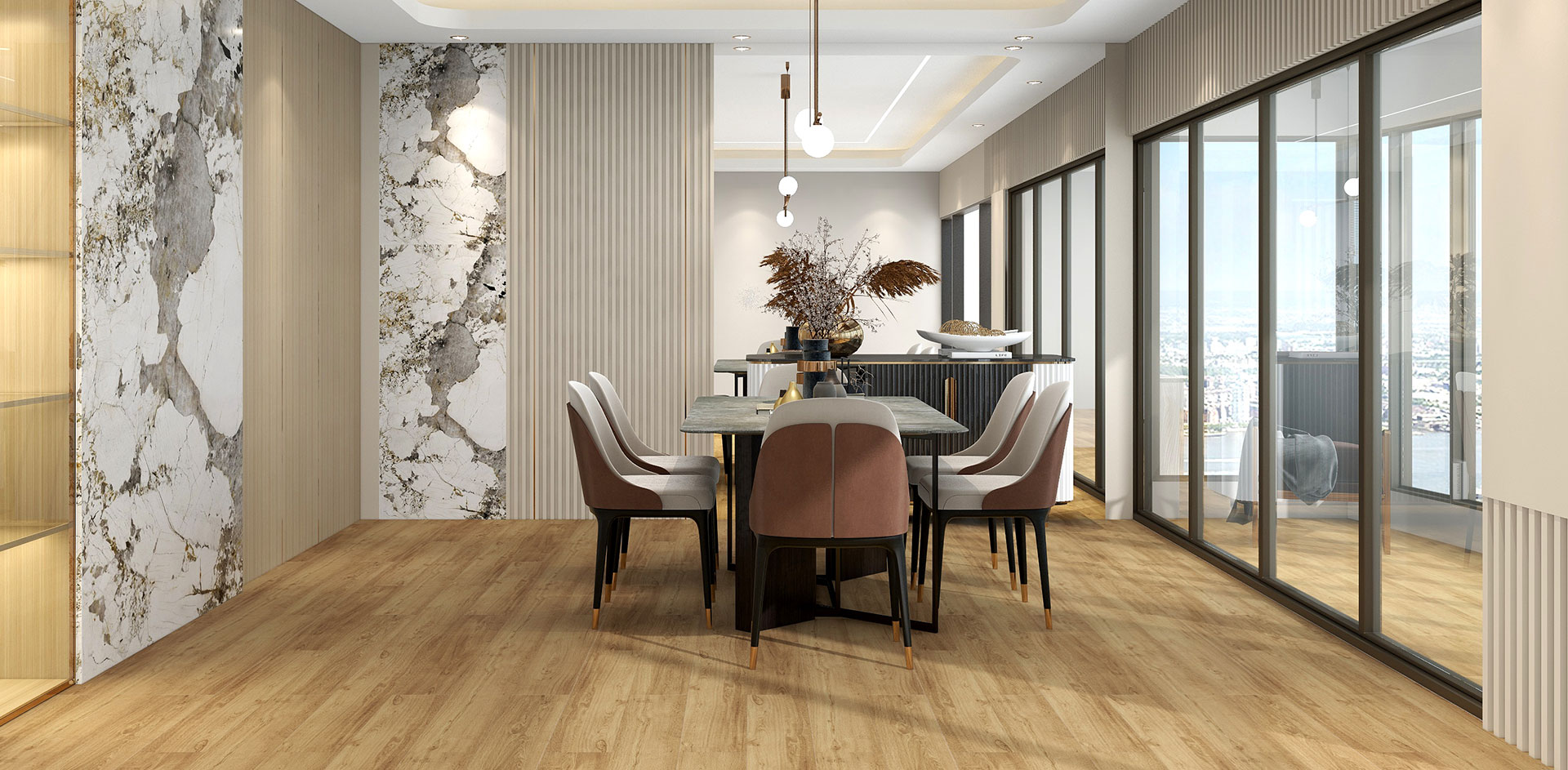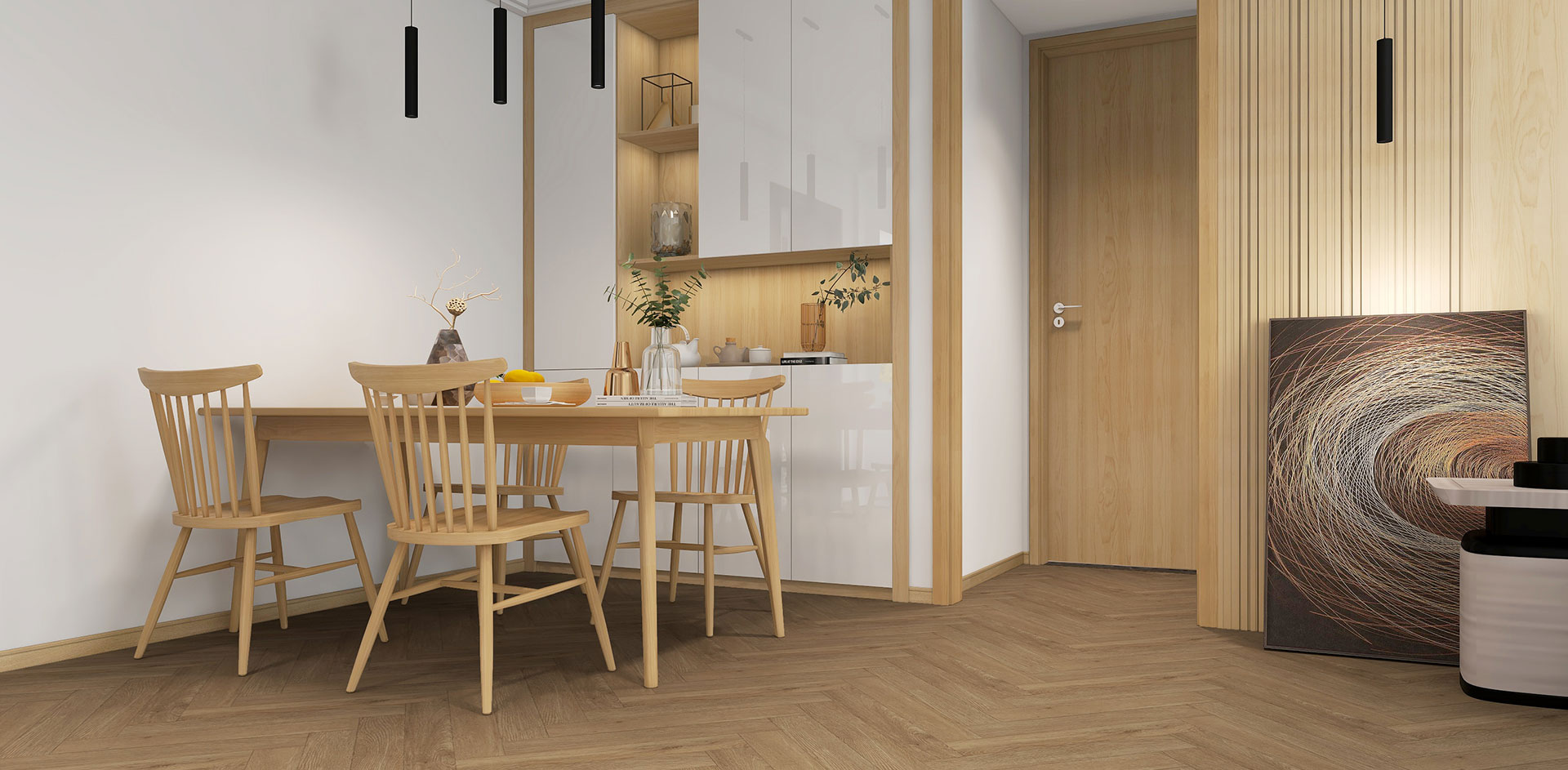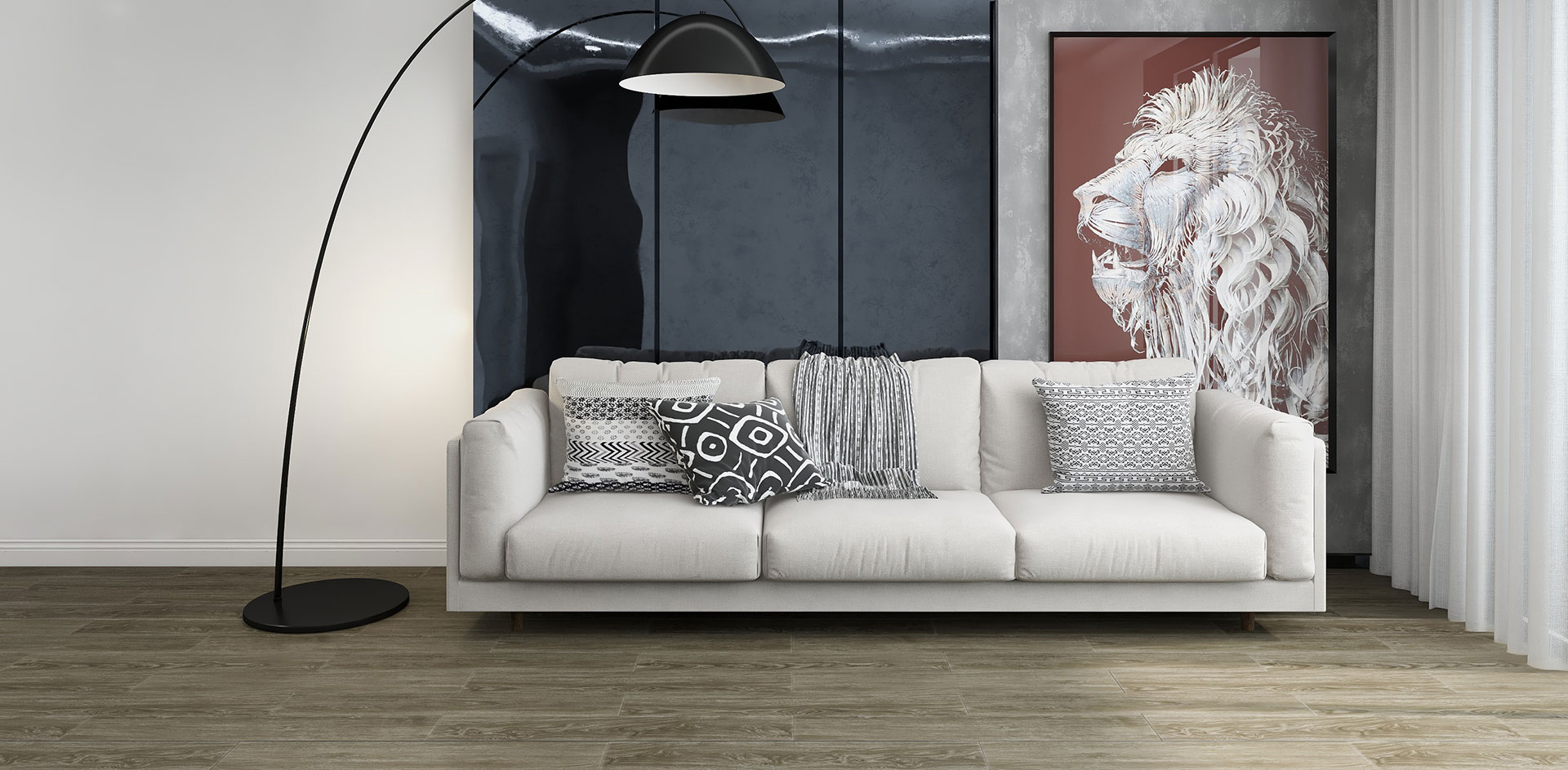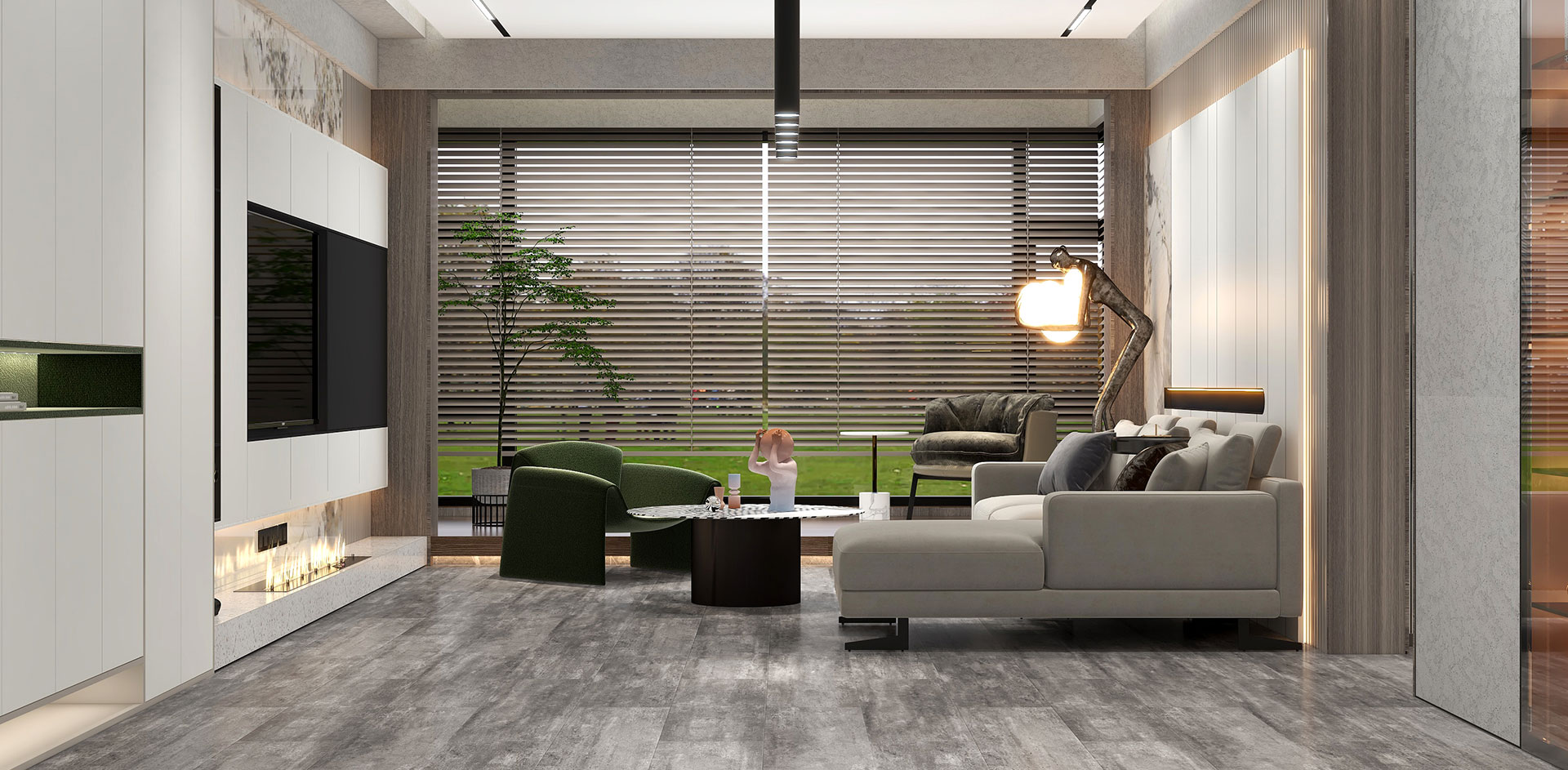Vinyl flooring includes a clear wear layer over a photographic image of wood or stone. Fungicides and stabilizers are added to protect against mold mildew.
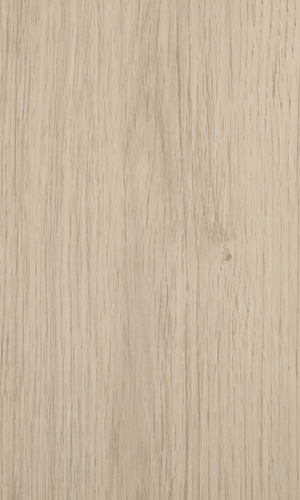
Vinyl plank, or LVP, is a relatively inexpensive flooring option that can be very durable. It is available in a wide range of incredibly life-like finishes and can mimic wood, tile and stone floors.
It is easy to clean and maintain – simply sweep or vacuum regularly and use a mild cleaner for stains. LVP is water resistant and can stand up to most spills. However, standing water is not recommended as it can seep through the planks and damage the subfloor beneath.
Another advantage of vinyl is that it doesn’t require waxing and is non-flammable. In addition, it doesn’t off-gas Volatile Organic Compounds (VOCs) like hardwood or laminate do. However, the manufacturing process of vinyl uses a number of synthetic materials and chemicals including polyvinyl chloride (PVC) and plasticizers which can be harmful to the environment and human health if released into the air.
Durability
Vinyl plank is a durable product that holds its own when standing toe-to-toe with the toughest wood floors. It’s also easy to clean – just a sweep with a broom or vacuum and the occasional damp mop is all it takes! It’s also shock-absorbent underfoot and easier on your back and knees than some other flooring types.
The durability of vinyl is attributed to its multi-layered construction. The top layer is a hard, clear wear layer that protects the lower image layer — which is typically a photographic image of either wood or stone. Underneath that, you’ll find a core layer of polyvinyl chloride resins and plasticizers (which add stability, comfort and resistance to mold, mildew and water).
However, vinyl is not considered a “green” flooring option as most of its materials cannot be recycled or decompose. It’s also not very well-suited for areas that are constantly exposed to sunlight, as it can fade and discolor over time.
Maintenance
Like any type of flooring, vinyl plank requires regular maintenance to stay clean and looking good. Sweeping on a daily basis and mopping with a mild soap or cleaning solution are key for removing dirt that can scratch or dull the surface of vinyl.
Avoid using harsh chemicals and abrasive cleaners, which can damage the vinyl and leave behind unsightly streaks. Use a pH neutral cleaner, or follow the manufacturer’s instructions on what brand to use. Vinegar can also be used to remove some stains; simply add a few tablespoons of vinegar to a bucket of water and mop the floor. Please note that acetic acid can be a lung irritant, so always test the vinegar in an inconspicuous area.
Scratching is not as much of a problem as it can be with other types of flooring, but you should take care not to drag heavy furniture over the vinyl. Putting soft felt pads on the bottom of chairs and placing entry mats can help prevent scratches, scrapes, and other damage to the vinyl surface.
Appearance
The main benefit of vinyl plank flooring is that it looks great. Thanks to modern printing technology, vinyl wood-look planks can look incredibly realistic. They also come in a wide range of colors, textures, and patterns to suit any style.
Vinyl planks are also easy to keep clean. They can be swept regularly or vacuumed with a soft-bristled attachment to remove dirt, dust, and debris. Surface liquids typically won’t affect them, but it’s important to wipe up spills quickly. For more thorough cleaning, you can use a non-toxic hard surface floor cleaner.
Unlike vinyl sheet flooring of decades ago, luxury vinyl plank (LVP) is a durable product with layers of materials that make it able to hold its own against the toughest competition, including real hardwood floors. The top layer is a hard, clear wear layer that protects the image layer beneath it, which is often a photographic image of a wood species or stone.


 EN
EN  English
English Español
Español
